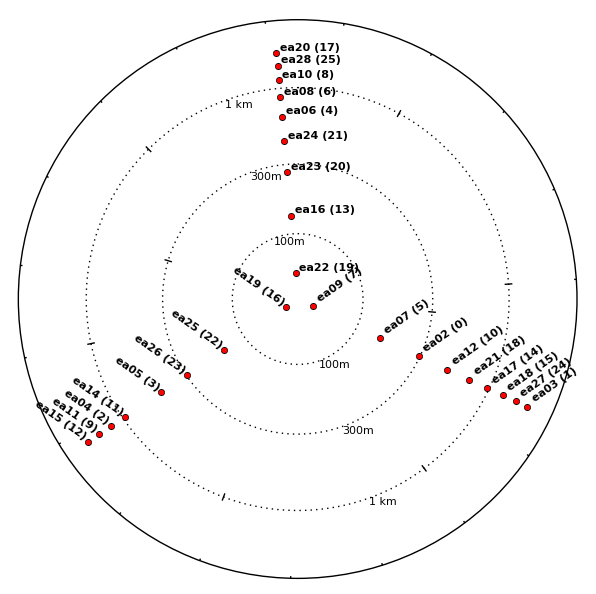VLA C-configuration (2012 Feb)

Calibration of VLA data (https://science.nrao.edu/facilities/vla/docs/manuals/obsguide/calibration)
| Observatory Staff | Observer | Data Analyser |
|---|---|---|
| Antenna (receiver frequencies, receiver system temperatures, optics), antenna positions, timing, and correlator visibilities |
Instrumental delay, instrumental polarization, spectral bandpass response, absolute flux density scale, and other possible properties antenna pointing, delay, attenuator and requantizer settings, and other possible properties assumed to be only slowly varying during the observation should be performed by the observer |
Calibration of antenna gains, atmospheric phase fluctuations, and other possible properties expected to vary more rapidly with observing conditions and geometry during the observation should be performed more frequently than the time scale over which the property changes. Calibration of the position of a source with respect to another source, calibration of a frequency to a line-of-sight velocity, calibration of a polarization angle to a reference angle, calibration of the flux density scale of a single source in one observation to another observation of the same source, etc. |